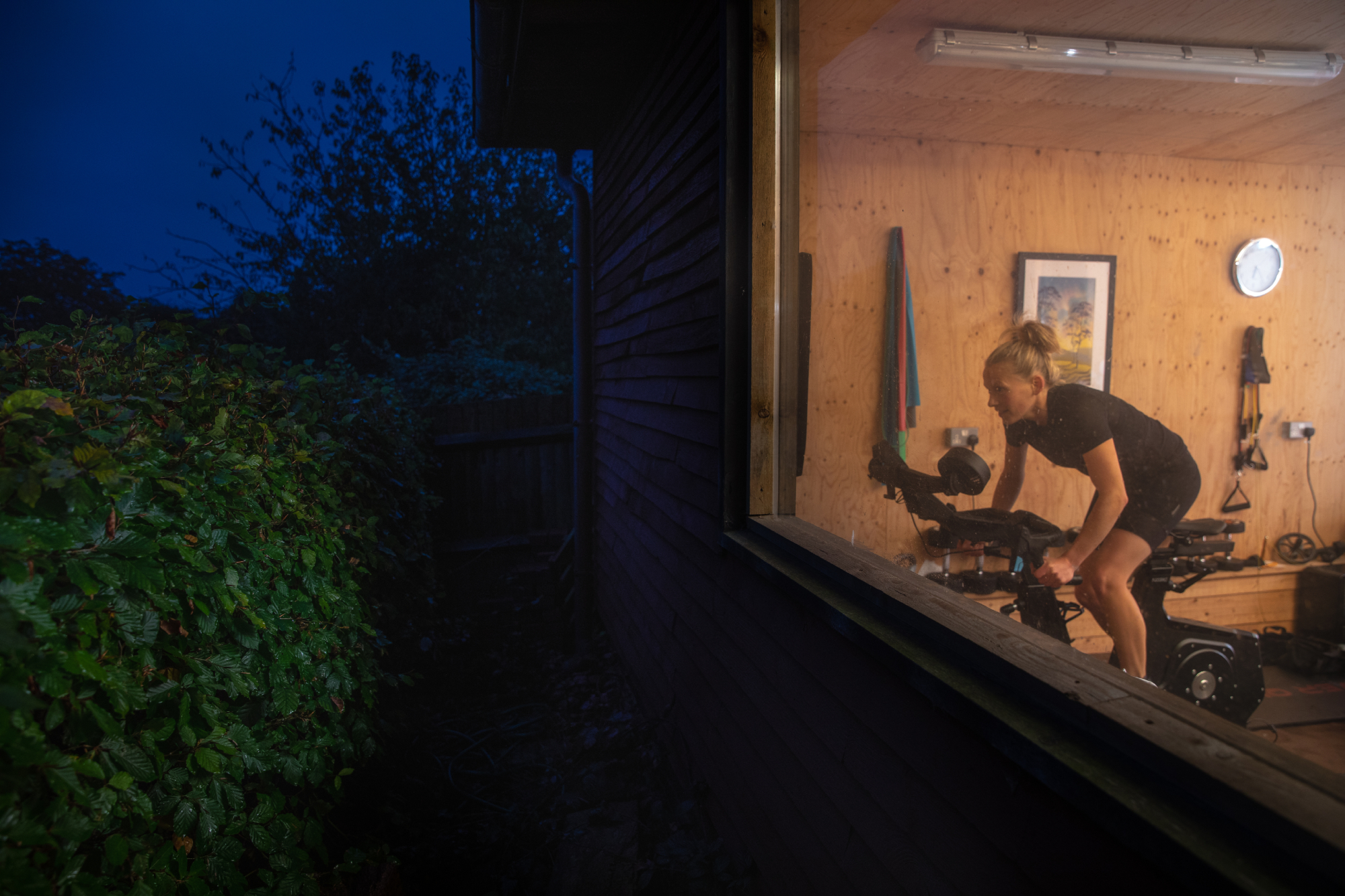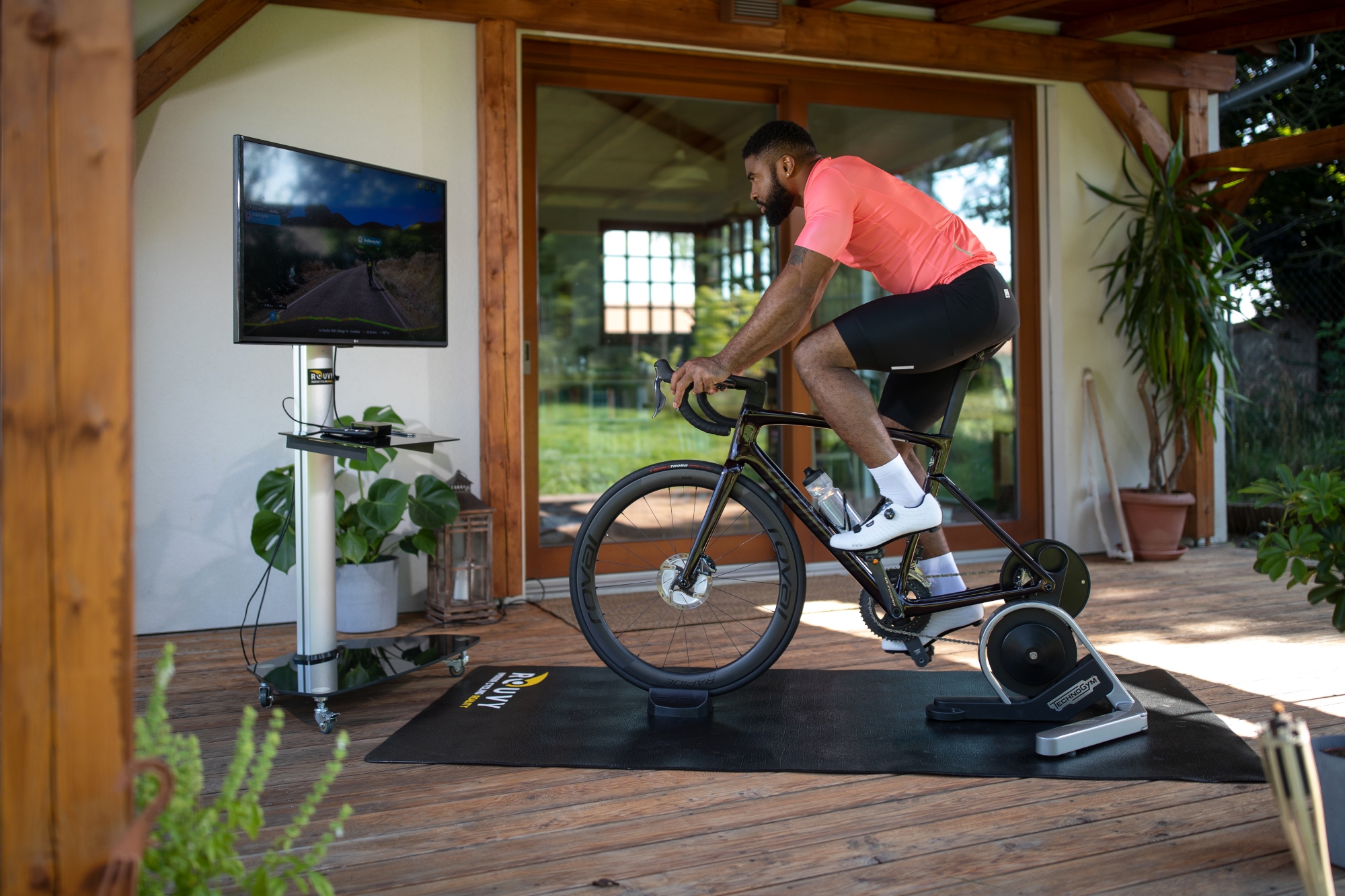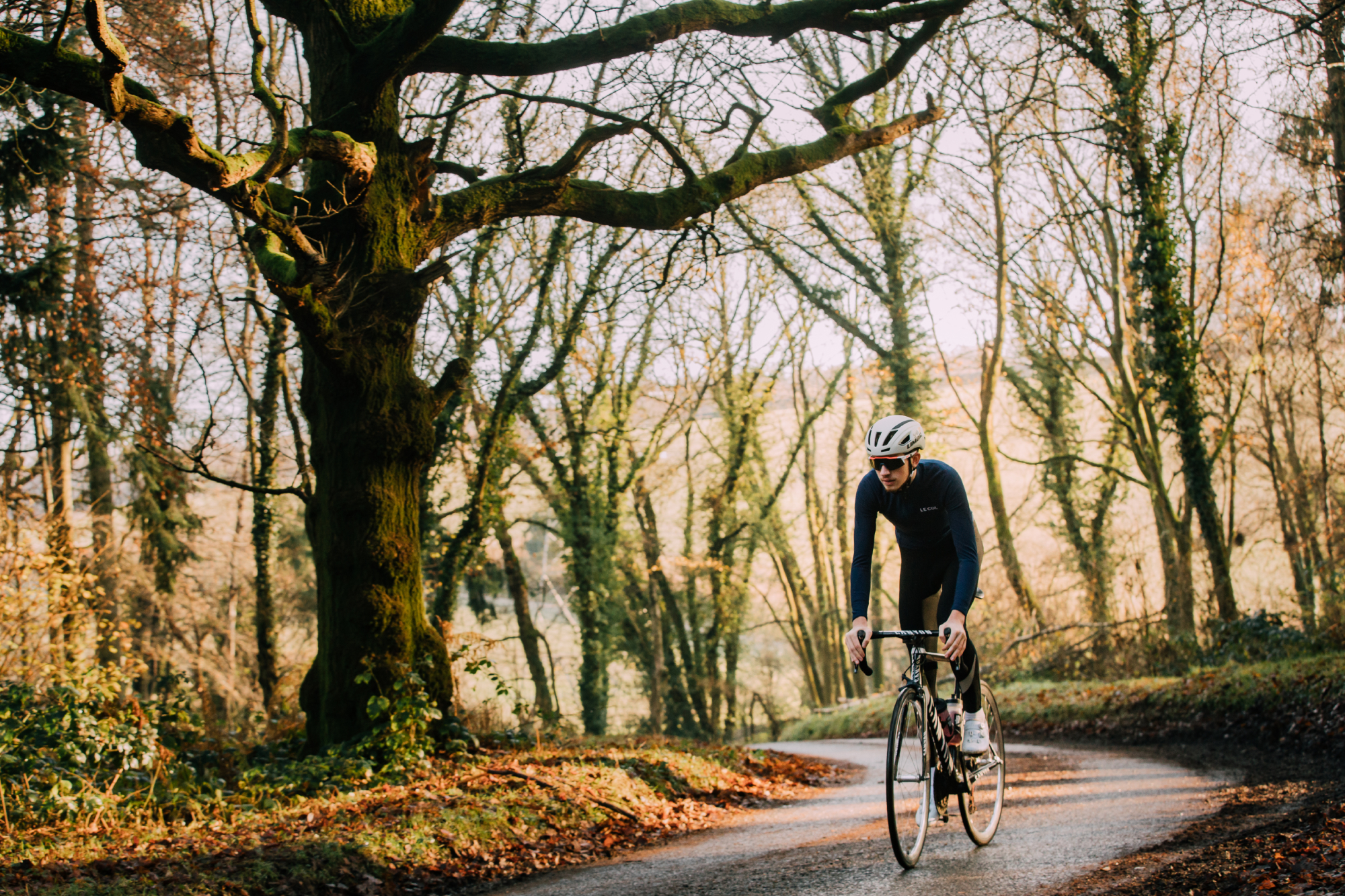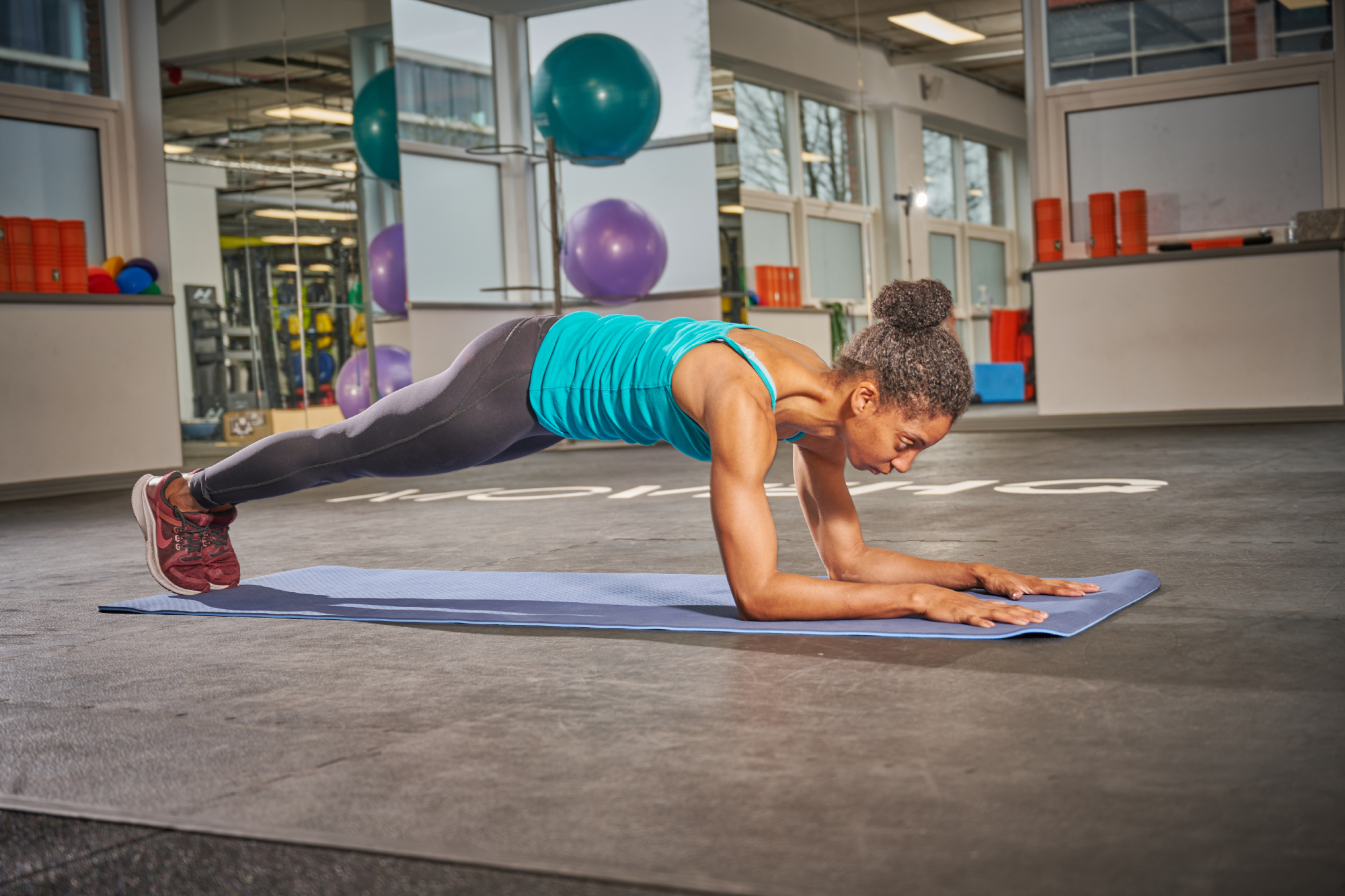
Are you looking to get fit through cycling, as a total beginner? Or, perhaps you'd like to build on your existing fitness levels to train for an event, or even a race? We've got you covered, with three ten-week training plan, whatever your current level of fitness.
We've teamed up with ROUVY, the global indoor cycling platform that allows you to cycle around the world from the comfort of your own home, to present three cycling training plans for fitness gains; one for beginners, one for riders looking to improve their endurance for longer bike rides, and one for racers looking for that competitive edge. These plans can be completed outdoors, indoors - on any platform - or using a mixture of both.
No matter who you are, these 10-week training plans for fitness will give you the structure, motivation and know-how to get fitter, healthier, and stronger on the bike.
The training sessions incorporate intervals based upon maximum heart rate, functional threshold power, or rate of perceived exertion (RPE) — so you can train using a smart trainer , heart rate monitor, power meter, or just by listening to your body.
Go straight to the training plans
We’ve got three plans, click through to choose the best for you:
- Cycling training plans for beginners: PDF | More information
- Cycling training plans for endurance: PDF | More information
- Cycling training plans for racers: PDF | More information
You can compete the plans outdoors, or indoors on any platform. If you do want to use ROUVY, which will allow you to train indoors on iconic routes, all new users get a 7-day free trial, and the code CYCLINGWEEKLY1M will provide one month of free usage.
How to use these cycling training plans for fitness gains

All three 10-week training plans consist of sessions which are dictated by training zones.
Training zones are typically based on a percentage of maximum heart rate or functional threshold power (FTP), though RPE can be used if you do not have these tools. These zones are used to guide and structure training to target specific physiological adaptations. If you have a heart rate (HR) monitor and/or power meter the best starting point before you even begin training is to do an FTP test.
There is more than one way to test FTP, elite athletes will perform a very careful laboratory test but it is also easy to test at home. If you are using ROUVY, the app offers a convenient way to assess your training zones on your own. After completing the FTP test protocol, ROUVY can automatically calculate your FTP and define your training zones.
If you are not using the ROUVY app you can find your functional threshold HR and power (needed to develop your zones), via a 20-minute test, or a ramp test. The 20-minute test is standardised and used by coaches all over the world - as follows:
After warming up, perform an all-out 20-minute effort, either inside on a turbo or outside on a quiet road. This effort is similar to a time trial effort. Once you have your average HR and power number for this 20-minute test, use this number as your 100 per cent threshold figure. Take your average power for the 20 minutes and multiply by 0.95 (e.g. 225W average x 0.95 = 209W FTP). This number is your Functional Threshold Power — and your zones are based on a percentage of this figure.
Another way of determining your training zones is heart rate, however heart rate is slightly less reliable than power as it can be influenced by heat, stress, dehydration and even mood state. Heart rate is slower to respond to a change in effort than power and if you are working in the upper zones for short bursts of very high power then heart rate is not a practical indicator of training effort.
A third way of measuring your training zones is RPE - Rate of Perceived Exertion. Less than three is an effort level which feels very light, your breathing is relaxed and your heart rate low and ten the point at which you feel sick and need to stop immediately. Monitoring how you feel, your RPE, while you train is a very useful way of getting to know your body. If a training session that should be easy feels hard, even if you are hitting the right power numbers, it might be an indication that all is not well so don’t neglect this important measure even if the primary way of tracking your training zones in power.
The plans use a 7 stage zone structure, outlined below:
Understanding the terms used within these training plans

Anaerobic: Anaerobic training involves high-intensity efforts that exceed the aerobic threshold, meaning the body relies on energy sources that do not require oxygen. These sessions enhance the body's ability to perform short, intense efforts and recover quickly.
Cadence (rpm): The number of revolutions of the crank per minute — the rate at which a cyclist is pedalling/turning the pedals. If you do not have a cadence sensor, then simply think in terms of ‘medium’ (85-95rpm), which should feel natural and normal with no increase in upper body movement; ‘high’ (95-120rpm) is often described as ‘spinning’ — it feels out of your comfort zone and may cause you to bounce slightly in the saddle and breathe at a faster rate.
Contrast Cadence: These sessions involve varying the cadence (pedal revolutions per minute) dramatically during a ride. This type of training helps in improving pedal efficiency, muscle recruitment, and the ability to adapt to different riding conditions.
Core Training: Core Training helps to stabilize your trunk when on the bike and improve your posture. Mixing up your activities allows you to work different muscle groups while giving your main cycling muscles a break, which is why these sessions are mainly placed on your rest days.

CrissCross: CrissCross training sessions involve alternating between different intensity levels (e.g., switching between aerobic and anaerobic efforts) within the same workout. This method is meant to improve the body's ability to shift gears and adapt to changing efforts.
Endurance: Endurance training focuses on building the cyclist's stamina and ability to sustain moderate-intensity effort over longer periods. It helps in improving the aerobic capacity and efficiency of the cardiovascular system.
Endurance Ride: These Zone 2 endurance rides are carried out at a lower intensity but for longer durations, so they build your ability to perform exercise for prolonged periods of time. Levels of fatigue post-ride will be higher than that of the aerobic training sessions. These rides are normally longer than 1hr 30min.
HIIT (High-Intensity Interval Training): HIIT sessions include short bursts of very high-intensity effort followed by periods of low-intensity recovery or rest. This type of training is effective for increasing cardiovascular fitness, improving muscle endurance, and burning calories.
Low Cadence Efforts: By using a low cadence and a heavy feeling gear, you are able to build strength in your legs in a cycling-specific way. Generally, these efforts are completed at a low cadence, below 70rpm, and at a moderate intensity.
Speed Skills: Speed skills sessions are designed to improve leg speed and pedalling technique. These workouts usually involve high-cadence drills and focus on smooth, efficient pedalling.
Tempo: Tempo training involves riding at a steady pace that is slightly below the lactate threshold. It is used to enhance the sustainability of moderate-high intensity efforts and improves overall aerobic power.
Thresholds: Threshold training focuses on working at or near the lactate threshold, which is the intensity at which lactate begins to accumulate in the blood. This type of training improves the ability to sustain high-intensity exercise without fatigue.
VO2 Max: VO2 Max training aims to improve the maximum amount of oxygen the body can utilize during intense exercise. These sessions are typically short and extremely high in intensity, pushing the rider to their maximum aerobic capacity.
Cycling Weekly provides these training plans in collaboration with global indoor cycling app ROUVY. ROUVY’s mission is to bring the world of cycling to your home by connecting the indoor and outdoor experience. ROUVY features thousands of exciting iconic routes, race courses and scenic rides so you can explore the world by bike. Using Augmented Reality technology combining real-world video footage with animated 3D objects creates an immersive and interactive riding experience. ROUVY can be connected with your Garmin, Strava or TrainingPeaks account. Challenge yourself and build your fitness by following workouts designed by coaches and professional athletes, or just get on your bike and explore the world! www.rouvy.com







